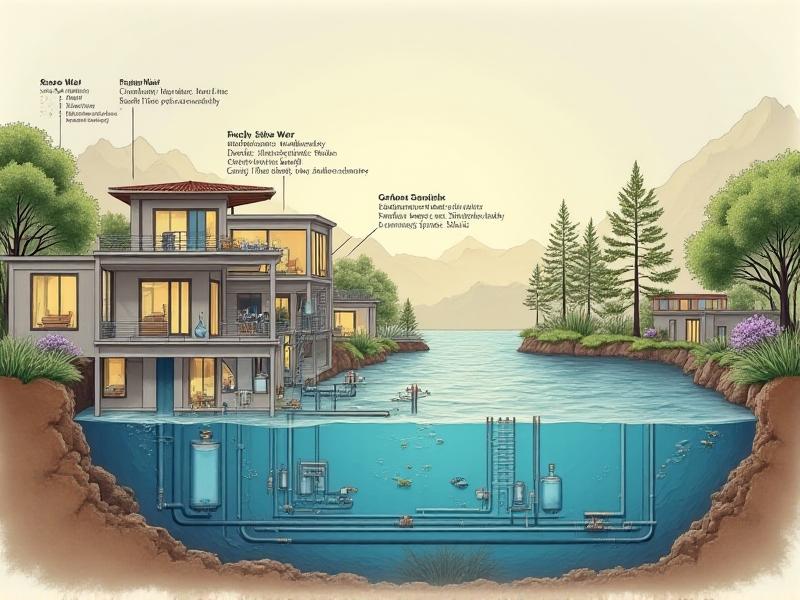Compressed Earth Block Building Guide
What Are Compressed Earth Blocks?
Compressed Earth Blocks (CEBs) are building materials made from a mixture of raw earth, stabilizers like lime or cement, and water. This blend is compressed under high pressure using manual or hydraulic machines to create dense, durable blocks. Unlike traditional adobe, CEBs are uniform in shape and size, allowing for precise construction. The technique dates back centuries but has evolved with modern engineering to meet contemporary sustainability and structural standards.
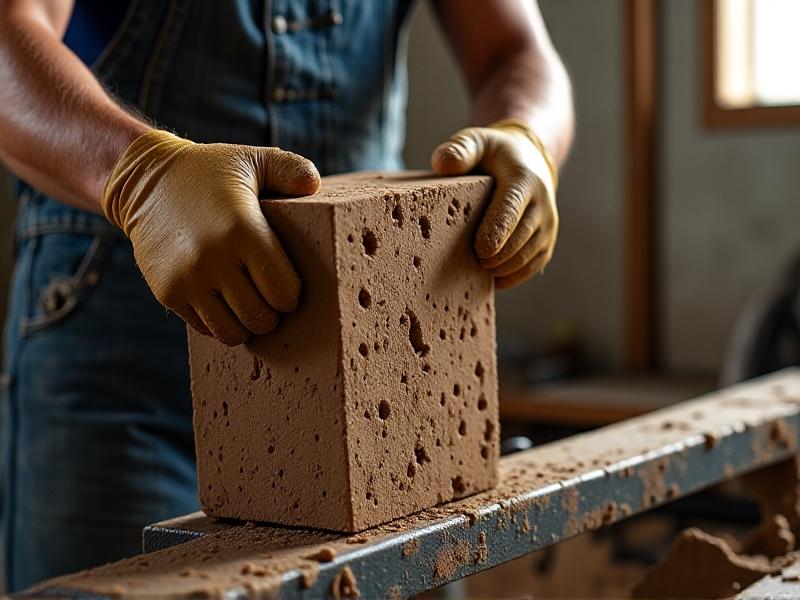
Benefits of Building with Compressed Earth Blocks
CEBs offer numerous advantages, including environmental sustainability, cost-efficiency, and thermal performance. Since the primary material is locally sourced soil, transportation emissions are minimized. The blocks’ high thermal mass regulates indoor temperatures, reducing energy costs. They are also fire-resistant and biodegradable, making them ideal for eco-conscious projects. Financially, CEB construction often costs 30-50% less than conventional materials, depending on labor and resource availability.
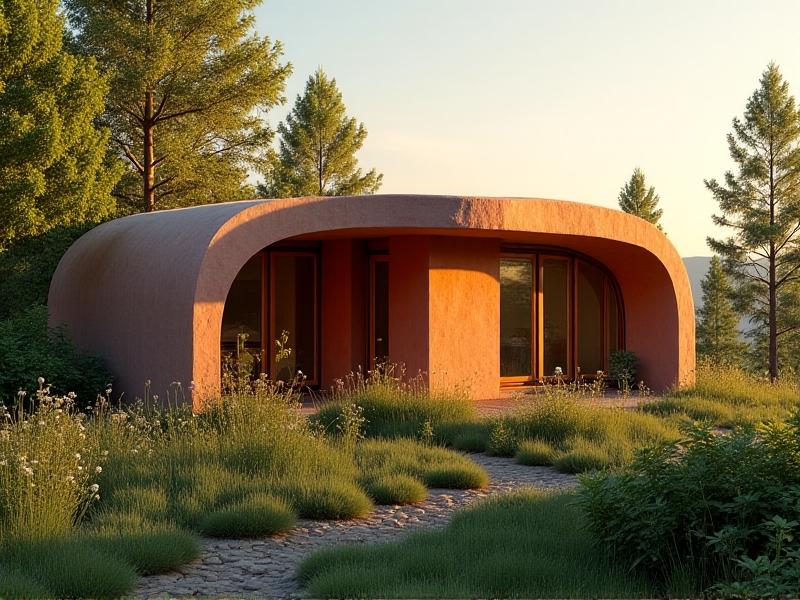
Materials and Tools Required for CEB Construction
The core materials include soil with balanced clay, sand, and silt content, plus stabilizers like 5-10% cement. Tools range from basic shovels and sieves for soil preparation to mechanical or manual block presses. A moisture meter ensures optimal water content, while tamping tools help compact foundations. Optional additives like straw or fiber can enhance tensile strength for seismic-prone areas.
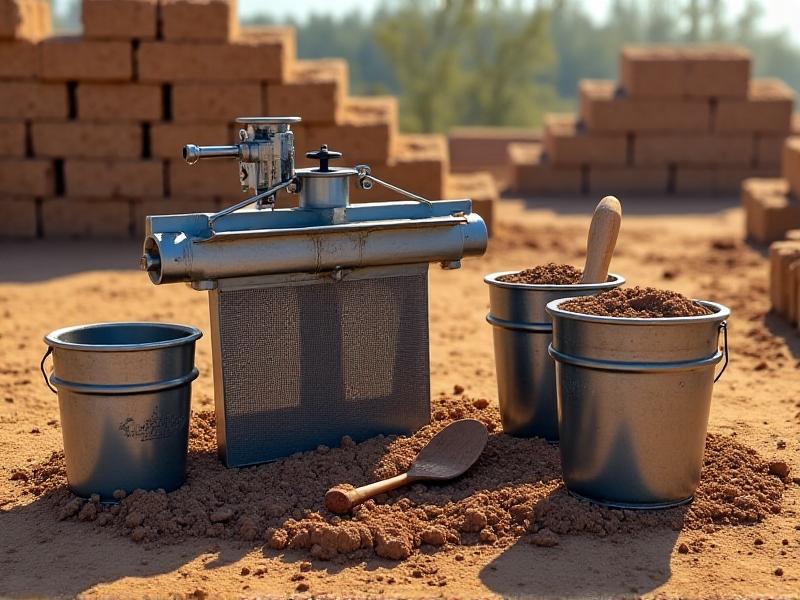
Preparing Your Site for CEB Building
Site selection and preparation are critical. Level the ground and ensure proper drainage to prevent water damage. A rubble trench or gravel foundation stabilizes the structure. Test soil composition beforehand—clay content should be 15-30% to avoid cracking. Clear vegetation and mark boundaries using stakes and string. Accessibility for material delivery and block drying space are also key considerations.
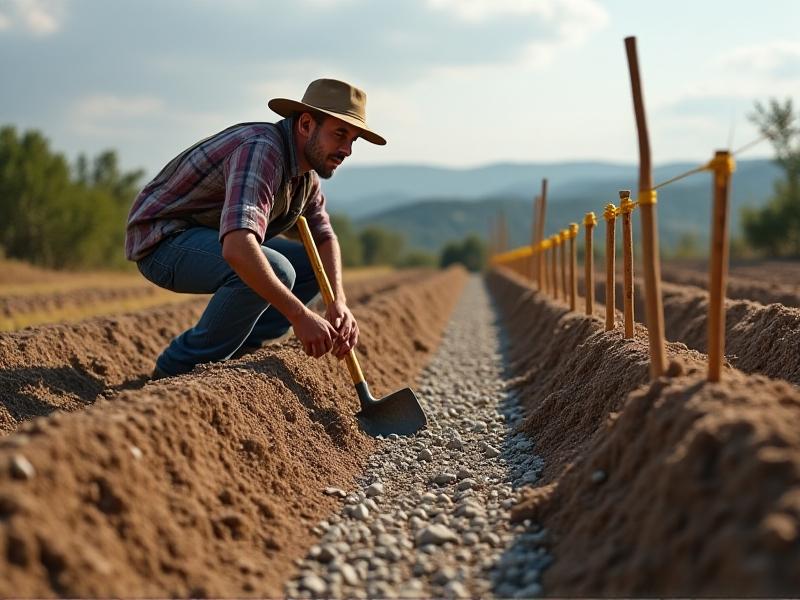
The Block Production Process
Begin by sieving soil to remove debris. Mix soil with stabilizers and water until pliable. Load the mixture into a block press, apply pressure, and eject the block onto a drying area. Cure blocks for 2-4 weeks, protecting them from rain and direct sun. Quality control checks—like drop tests—ensure blocks meet strength standards before use.
Building Techniques for CEB Walls
Lay blocks in running bond or stacked patterns using clay or cement mortar. Incorporate vertical rebar or bamboo rods for reinforcement. Install lintels over doors and windows to distribute weight. Apply multiple thin coats of earthen plaster to protect surfaces. For curved walls, slightly adjust each block’s angle during placement.
Insulating and Weatherproofing CEB Structures
While CEBs have natural insulation, adding straw-clay infill or exterior lime renders enhances thermal performance. Roof overhangs and raised foundations prevent water infiltration. Use breathable finishes like linseed oil to protect walls without trapping moisture. In wet climates, consider a drainage plane or capillary break between the foundation and walls.
Design Considerations and Architectural Flexibility
CEBs allow for creative designs, from domes to vaulted ceilings. Their uniformity supports precise geometries, while their plasticity enables organic shapes. Integrate niches, shelves, or built-in furniture during construction. Pair with passive solar design by orienting windows toward the sun and using thermal mass to store heat.
Maintenance and Long-Term Care
Inspect walls annually for cracks or erosion. Repair minor damage with earthen plaster. Reapply protective coatings every 3-5 years. Ensure gutters and drainage systems remain clear to divert water away from walls. In seismic zones, check reinforcement integrity and retrofit if necessary.
Real-World Applications and Case Studies
From affordable housing in Burkina Faso to luxury eco-resorts in Mexico, CEBs prove versatile. The Nubian Vault Association trains communities to build earthquake-resistant homes. In Texas, the HEB Museum uses CEBs for its sustainable exhibit halls. These examples demonstrate scalability and adaptability across climates and cultures.
